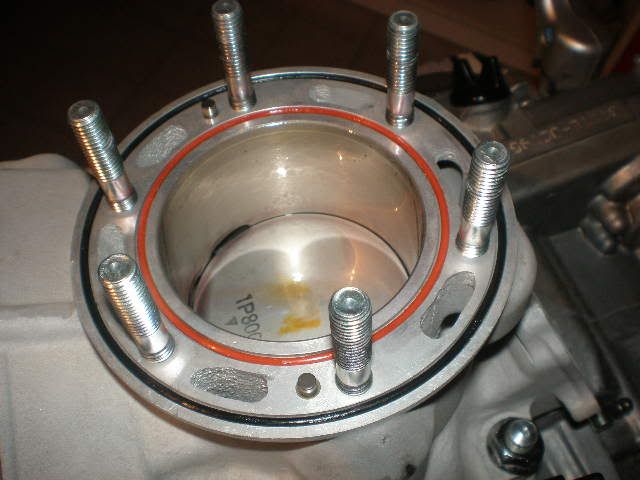yoshimitsuspeed
Automotive
I never looked much into the technical details of high performance automotive 0-ring heads. I always assumed that some of them must actually use rubber o-rings.
In recent research it doesn't appear to be the case. All the documentation and discussion on it seems to be around metal o-rings.
This got me wondering if there was a good reason not to use rubber o-rings. They are very common in dirtbikes and snowmobiles but only two strokes as far as I have found. Some two strokes run very high compression ratios to I wouldn't think it wouldn't work due to cylinder pressure but that is about the only thing I can think of that would potentially be a weakness for a rubber o-ring.
Unless perhaps it's more a matter of longevity considering two strokes get top end rebuilds much more frequently.
Just curious if anyone has seen rubber o-rings on automotive motors or other four strokes and interested if anyone has theories on why this isn't more common.
In recent research it doesn't appear to be the case. All the documentation and discussion on it seems to be around metal o-rings.
This got me wondering if there was a good reason not to use rubber o-rings. They are very common in dirtbikes and snowmobiles but only two strokes as far as I have found. Some two strokes run very high compression ratios to I wouldn't think it wouldn't work due to cylinder pressure but that is about the only thing I can think of that would potentially be a weakness for a rubber o-ring.
Unless perhaps it's more a matter of longevity considering two strokes get top end rebuilds much more frequently.
Just curious if anyone has seen rubber o-rings on automotive motors or other four strokes and interested if anyone has theories on why this isn't more common.

